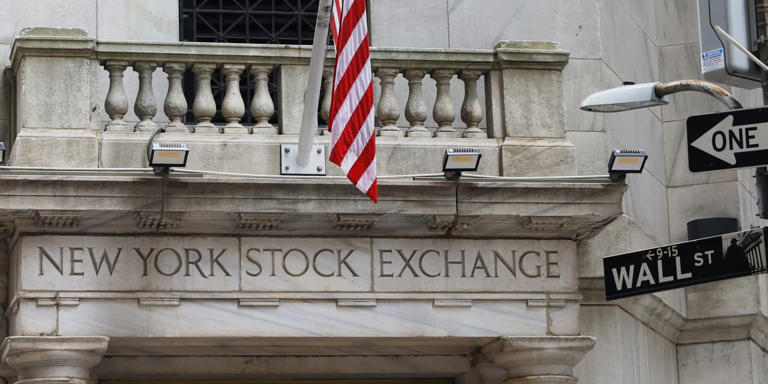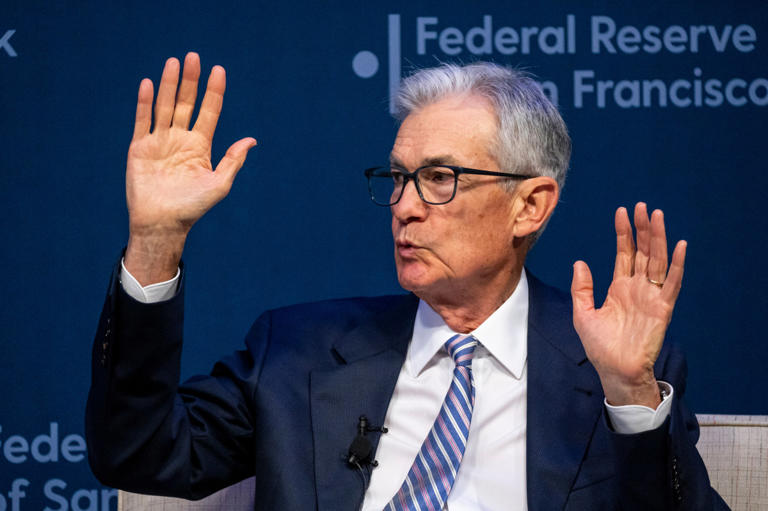The 2024 presidential election is poised to be a significant market-moving event. Both major parties quickly solidified their nominees, with Joe Biden representing the Democrats and Donald Trump for the Republicans, following non-competitive primaries. Unless unforeseen circumstances arise, the election is shaping up to be a rematch of the 2020 contest.
This election year presents challenges for investors and politicians alike. However, historical data on the S&P 500’s performance during U.S. presidential election years indicates that 2024 may see modest returns. Key areas to consider include:
- S&P 500 performance in election years.
- Top market sectors during election years.
- Market performance under the leadership of Biden versus Trump.
- Developing an investment strategy tailored for 2024 amidst political uncertainties.
These factors will play a crucial role in guiding investment decisions and navigating potential market volatility throughout the election cycle.
S&P 500 Performance in Election Years
According to an LPL Financial study that incorporates data from the S&P 500’s precursor index, the S&P 500 has historically averaged a 7% gain during U.S. presidential election years since 1952. While this gain is not considered disastrous, it falls short of the 16.8% average gain observed in the year preceding an election year. Additionally, it lags behind the roughly 10% average annual total return for the U.S. stock market in a typical year. However, it’s important to note that past performance does not guarantee future returns, and there have only been 18 presidential elections since 1952.
On a positive note for investors in 2024, the S&P 500 has not experienced a decline during a presidential re-election year since 1952. In fact, it has averaged a 12.2% annual gain in such years. A presidential re-election year refers to the fourth year of a first-term president’s administration, during which they seek re-election for a second term.
During re-election years like 2024, presidents seeking re-election often implement fiscal stimulus measures and pro-growth regulatory policies to bolster the economy and labor market, a strategy colloquially referred to as “priming the pump.”
However, in 2024, the Federal Reserve faces challenges as it navigates high interest rates—the highest in more than two decades—as part of its efforts to combat inflation. Elevated interest rates can increase borrowing costs for consumers and businesses, potentially hindering economic growth. While U.S. gross domestic product (GDP) grew at a rate of 3.4% annually in the fourth quarter, economists anticipate a slowdown in growth for 2024. Although the likelihood of an imminent U.S. recession has diminished in recent months, the New York Fed’s recession probability model indicates a 58.3% chance of a recession within the next 12 months.
Moreover, President Biden may encounter difficulties in implementing economic stimulus measures in 2024, as Republicans control the House of Representatives and may not be inclined to cooperate. Nonetheless, the spending outlined in the 2022 Inflation Reduction Act, primarily designated for fiscal years 2024 through 2026, could provide support to the economy and the stock market during this election year.
Jeffrey Buchbinder, chief equity strategist for LPL Financial, underscores the significance of the Federal Reserve’s ability to achieve a “soft landing” for the economy in 2024, which could have implications for stock market performance and the election outcome. Buchbinder highlights that an election year, coupled with potential additional stimulus measures from the Biden administration, could contribute to a more favorable economic environment. The White House is mindful of historical trends, recognizing that no U.S. president in modern history has been re-elected during a recession in an election year.
Top Election Year Market Sectors
According to Comerica Bank, financial services and energy sectors have historically been top performers during presidential election years since 1973. Conversely, the technology sector, which typically dominates in non-election years, has been among the worst-performing sectors during presidential election years. In fact, the materials sector is the only sector that has performed worse than the technology sector during election years.
Investors looking to capitalize on this pattern in 2024 may consider increasing their allocation to financial services and energy sector exchange-traded funds (ETFs), such as the Financial Select Sector SPDR Fund (ticker: XLF) and the Energy Select Sector SPDR Fund (XLE).
John Lynch, chief investment officer for Comerica Wealth Management, emphasizes that specific market sectors are influenced by the positions and policies of the candidates, which can vary from one election to another. Consequently, issues that may have significant implications for certain sectors in one election year may be inconsequential in another. Additionally, policies such as ‘Medicare for All’ can have divergent effects on different segments within the same sector.
Furthermore, different market sectors may outperform depending on the leading candidate in the polls. However, it’s currently too early for investors to predict the eventual winner in the 2024 election.
Market Performance Under Biden vs. Trump
When comparing the stock market performance during the tenures of President Biden and former President Trump, data analysis by Facts First indicates that the metrics generally favor President Biden. As of April 3, the S&P 500 has surged by 37.2% under President Biden, while it only recorded a 9.9% gain during the equivalent period under President Trump. Similarly, the Dow Jones Industrial Average has seen a robust increase of 26.5% under President Biden, whereas it managed a more modest 6.7% gain during the corresponding timeframe under President Trump.
However, the Nasdaq presents a notable exception, with gains of 23.3% under President Biden compared to a more substantial 33.1% gain during the equivalent period of President Trump’s presidency.
Attributing stock market performance solely to the actions of the sitting president may oversimplify a complex interplay of factors influencing the market. Both administrations grappled with the extraordinary disruptions caused by the COVID-19 pandemic in 2020 and 2021, which significantly impacted economic and market performance data. For instance, the U.S. economy experienced an average annualized GDP growth of 2.6% during President Trump’s first three years, contrasted with a higher 6.6% under President Biden. However, these figures are skewed by the outlier of a 2.7% GDP contraction during the pandemic-induced economic shutdowns in 2020.
2024 Investing Strategy
The upcoming election year is expected to bring unpredictability and volatility, posing challenges for investors. Nonetheless, analysts generally hold an optimistic outlook for stock prices in the year ahead.
According to FactSet data as of March 21, industry analysts have set a 12-month target of 5,589.06 for the S&P 500, indicating a potential 7% upside from the previous day’s closing level of 5,224.62. Health care (+10.2%) and real estate (+10%) are identified as the industries with the highest upside potential.
While historical trends regarding sector performance during election years may not provide foolproof guidance for investors, the notion that re-election years tend to be favorable for markets appears to hold some weight. It’s reasonable to expect overall market gains by the end of this calendar year. However, with the S&P 500 already posting a significant 10.2% increase in the first quarter, the question remains regarding how much further upside potential exists in the months ahead.


















































































